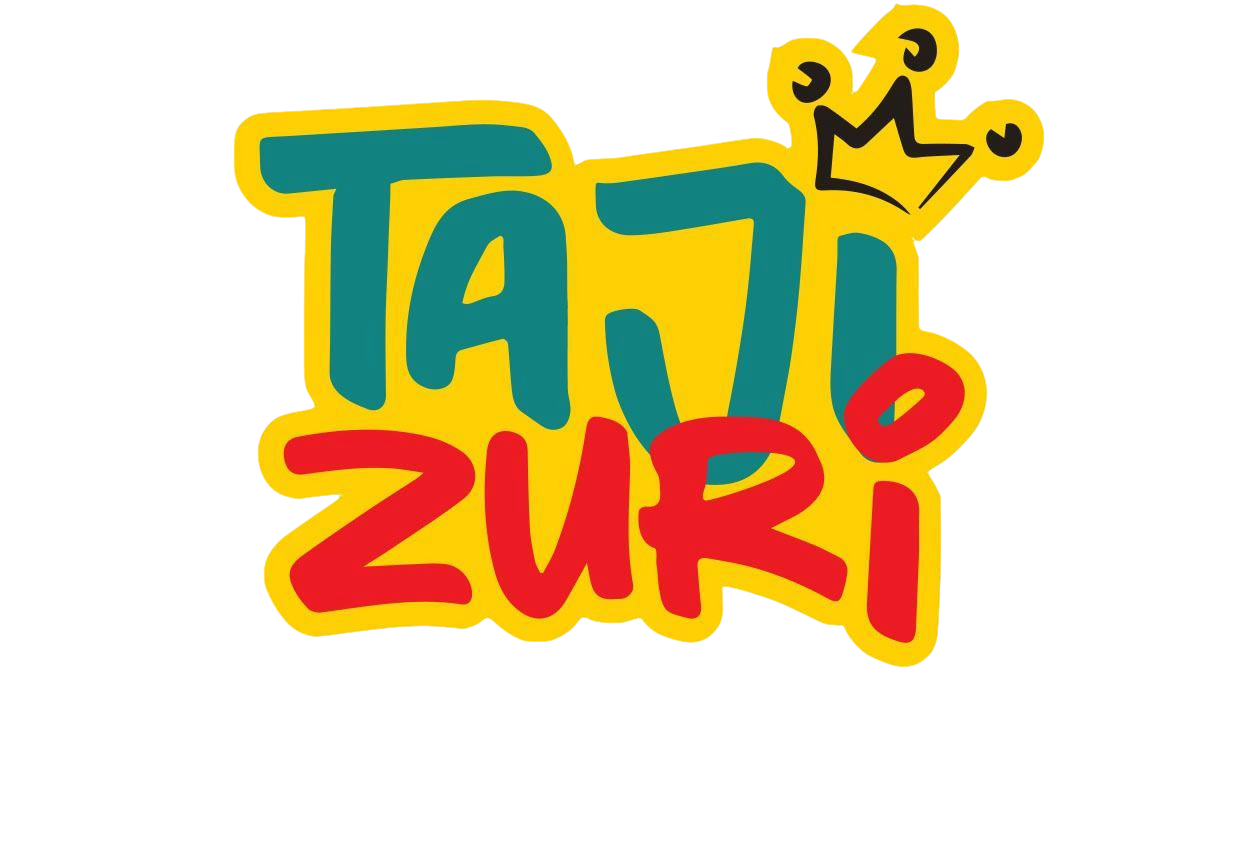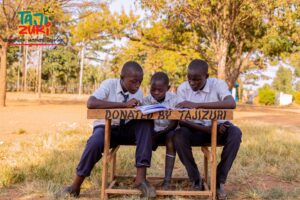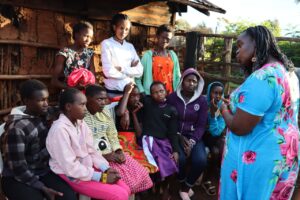Introduction
Blockchain technology, often described as a decentralized digital ledger offers a revolutionary approach to recording and verifying transactions. Each “block” contains a record of transactions and is cryptographically linked to the previous block, forming an unbreakable chain that ensures data integrity and transparency. Originally developed for cryptocurrencies like Bitcoin, blockchain is now being adopted across industries, including finance, healthcare, and public administration.
In Kenya, interest in blockchain is growing, particularly in sectors where accountability and trust are paramount. Within the education sector, especially in counties like Homabay, there is increasing recognition of blockchain’s potential to address long-standing challenges in financial management. Reports indicate that many schools struggle with weak accounting controls, poor oversight, and limited transparency in handling funds. These issues often lead to mismanagement and erode stakeholder confidence.
The Homabay County Fiscal Strategy Paper highlights the need for effective linkage between policy, planning, and budgeting, emphasizing the role of technology in strengthening financial systems. Blockchain offers a promising solution by enabling secure, transparent, and tamper-proof financial records. This report explores how blockchain can be integrated into school accounting systems in Homabay County to enhance efficiency, build trust, and prepare students for a tech-driven future.
Global and Regional Case Studies
Several countries have successfully implemented blockchain in public services, offering valuable insights for Homabay County.
1. Estonia – Blockchain for Public Sector Transparency
Since 2008, Estonia has used blockchain to manage public records, including healthcare data, digital IDs, and land registries. Their KSI Blockchain platform ensures that citizen data is immutable and traceable, setting a global benchmark for digital governance.
Relevance to Homabay: Transparent school fee tracking and scholarship disbursement systems modeled after Estonia’s approach could significantly improve accountability in Homabay schools.
2. Rwanda – Blockchain for Land and Education Records
Rwanda has piloted blockchain solutions for land titles and aid distribution through partnerships with international tech firms. These initiatives have reduced fraud and ensured equitable resource allocation.
Relevance to Homabay: Similar applications could help track student bursaries, textbook distribution, and exam results across rural schools, preventing data loss or manipulation.
3. Kenya – Huduma Namba and Data Security Debates
While not built on blockchain, the Huduma Namba project sparked discussions about secure digital identity systems. Advocates argued that blockchain could have enhanced the system’s transparency and security.
Relevance to Homabay: These debates highlight the importance of secure data management, laying the groundwork for blockchain adoption in county-level service delivery, including education.
What Is Blockchain in Accounting?
Blockchain in accounting refers to the use of distributed ledger technology to record, track, and verify financial transactions in real-time. Unlike traditional accounting systems, which rely on centralized databases prone to manipulation or fraud, blockchain creates a permanent, immutable record accessible to all authorized parties.
Key Applications of Blockchain in Education Finance
- Fraud Prevention
- Due to its immutable nature, once a transaction is recorded on the blockchain, it cannot be altered or deleted. This eliminates opportunities for falsifying records or embezzlement.
- Transparent Fee Tracking
- Schools can record each fee payment on the blockchain, allowing parents, administrators, and auditors to verify transactions in real time. This reduces disputes and enhances trust in school financial operations.
- Real-Time Auditing
- Blockchain enables continuous auditing by providing immediate access to transaction data. Auditors can monitor financial activities without waiting for end-of-term reports, ensuring timely identification of discrepancies.
- Smart Contracts for Budget Allocation
- Smart contracts self-executing agreements coded on the blockchain can automate fund disbursements based on predefined conditions. For example, grants from the county government could be released only when specific milestones (e.g., textbook delivery or teacher training) are verified on the blockchain.
These capabilities align with the goals outlined in the Homabay County Fiscal Strategy Paper, which emphasizes the need for robust financial systems and improved accountability in public institutions.
Benefits of Blockchain in School Accounting Systems
Introducing blockchain based accounting systems in schools across Homabay County presents several advantages:
- Enhanced Financial Transparency: Real-time updates and shared access to financial records ensures that all stakeholders: teachers, parents, administrators, and auditors can view accurate, up-to-date information.
- Reduced Administrative Burden: Automating tasks such as fee collection, receipt generation, and reconciliation reduces manual work and frees staff to focus on educational priorities.
- Improved Trust and Governance: With transparent and tamper-proof records, schools can foster greater trust among parents and donors, who can verify how funds are used.
A 2022 study by the Institute of Certified Public Accountants of Kenya (ICPAK) found that schools using digital accounting tools experienced a 70% reduction in errors and improved financial governance. Blockchain, with its added layer of security and immutability, can further amplify these benefits.
Challenges and Considerations
Despite its promise, implementing blockchain in Homabay’s education system faces several hurdles:
1. Limited Digital Infrastructure in Rural Schools
Many schools in Homabay lack the necessary digital infrastructure to support advanced technologies like blockchain. A 2021 assessment of the readiness of public primary schools for the Digital Literacy Program (DLP) revealed that only 63.7% had received DLP devices, and while 85.8% had electricity, the distribution of digital tools was uneven across sub-counties. Without adequate internet connectivity and computing devices, blockchain adoption remains out of reach for many rural schools.
2. Lack of Awareness and Training
There is a significant knowledge gap regarding blockchain technology among educators and school administrators. Research conducted in Homabay indicates that both teachers and headteachers struggle to integrate even basic digital tools into their workflows. Introducing blockchain without sufficient training would likely result in low adoption and ineffective implementation.
3. High Initial Costs and Policy Gaps
Setting up a blockchain system involves substantial investment in hardware, software, and personnel training. Additionally, Kenya currently lacks a comprehensive regulatory framework for blockchain, creating uncertainty for public institutions considering its adoption. Without clear policies, schools may hesitate to invest in this emerging technology.
Challenges and Considerations
Despite its promise, implementing blockchain in Homabay’s education system faces several hurdles:
1. Limited Digital Infrastructure in Rural Schools
Many schools in Homabay lack the necessary digital infrastructure to support advanced technologies like blockchain. A 2021 assessment of the readiness of public primary schools for the Digital Literacy Program (DLP) revealed that only 63.7% had received DLP devices, and while 85.8% had electricity, the distribution of digital tools was uneven across sub-counties. Without adequate internet connectivity and computing devices, blockchain adoption remains out of reach for many rural schools.
2. Lack of Awareness and Training
There is a significant knowledge gap regarding blockchain technology among educators and school administrators. Research conducted in Homabay indicates that both teachers and headteachers struggle to integrate even basic digital tools into their workflows. Introducing blockchain without sufficient training would likely result in low adoption and ineffective implementation.
3. High Initial Costs and Policy Gaps
Setting up a blockchain system involves substantial investment in hardware, software, and personnel training. Additionally, Kenya currently lacks a comprehensive regulatory framework for blockchain, creating uncertainty for public institutions considering its adoption. Without clear policies, schools may hesitate to invest in this emerging technology.
Role of Key Stakeholders in Advancing Blockchain Adoption
Successful integration of blockchain in school accounting requires collaboration among multiple stakeholders.
1. Schools: Piloting Blockchain-Based Financial Systems
Schools such as Agoro Sare High School in Oyugis can serve as pilot sites for blockchain-based financial management systems. By tracking fee collections, donor contributions, and internal expenditures on the blockchain, these schools can demonstrate the benefits of transparency and efficiency.
2. NGOs: Driving Blockchain Literacy and Implementation
Non-governmental organizations (NGOs) play a crucial role in promoting digital literacy and supporting technological innovation. The Blockchain Association of Kenya (BAK), for instance, advocates for ethical and responsible blockchain adoption. NGOs can conduct workshops, provide technical support, and collaborate with schools to implement pilot projects tailored to local needs.
3. County Government: Investing in Infrastructure and Policy Development
The Homabay County Government should prioritize investments in digital infrastructure and develop supportive policies aligned with national frameworks such as the Kenya National Digital Master Plan 2022–2032. Establishing innovation hubs or ICT centers in schools can provide the necessary environment for blockchain experimentation and learning.
4. Students: Preparing for a Tech-Driven Future
Integrating blockchain concepts into the curriculum—particularly in business studies and ICT classes—can equip students with future-ready skills. Institutions like Tom Mboya University College in Homabay can lead by offering short courses or modules focused on blockchain fundamentals, smart contracts, and decentralized finance (DeFi).
Call to Action: Advancing Blockchain Integration in Homabay’s Education Sector
To harness the full potential of blockchain in school accounting, the following actions are recommended:
- Encourage Schools to Pilot Blockchain Solutions
- Educational institutions in Homabay should explore blockchain-based platforms for managing fees, donations, and internal budgets. Early adopters can serve as models for broader implementation.
- Promote Collaboration Between Schools, NGOs, and Tech Firms
- Partnerships are essential for successful integration. Initiatives like Huawei’s DigiTruck program, which trained over 290 participants in digital skills in Homabay, show the value of collaborative learning and innovation.
- Advocate for Curriculum Updates to Include Emerging Technologies
- Updating syllabi to include blockchain, fintech, and digital finance will better prepare students for careers in a rapidly evolving economy. The Kenya National Digital Master Plan 2022–2032 supports this shift toward digital literacy in education.
- Support Local Innovation Through County-Level Programs
- The Homabay County Government can establish innovation labs or digital learning centers where schools, students, and community members can experiment with blockchain tools and other emerging technologies.
Conclusion
Blockchain technology holds immense potential to transform school accounting systems in Homabay County by enhancing transparency, reducing fraud, and improving financial governance. While challenges related to infrastructure, awareness, and cost remain, strategic collaboration among schools, NGOs, the county government, and the private sector can overcome these barriers.
By embracing blockchain today, Homabay can set a precedent for technology-enabled education and financial accountability in Kenya. More importantly, it can empower students with the digital skills they need to thrive in the 21st-century economy.
References
Kenya Institute of Public Policy Research and Analysis (KIPPRA). (2023). Future of Finance in Kenya.
Institute of Certified Public Accountants of Kenya (ICPAK). (2022). Impact of Digital Tools in School Finance Management.
Kenya National Bureau of Statistics. (2023). Employment Trends for Tech-Savvy Professionals.
National Commission for Science, Technology and Innovation (NACOSTI). (2023). Digital Readiness Across Kenyan Counties.
Kenya Private Sector Alliance (KEPSA). (2022). Youth Employability Report.
Ministry of Education, Kenya. (2021). Assessment of Digital Literacy Program Readiness in Public Primary Schools.
Blockchain Association of Kenya (BAK). (2023). Annual Report on Blockchain Adoption in Kenya.
Huawei Technologies Kenya. (2022). DigiTruck Program Impact Report.




